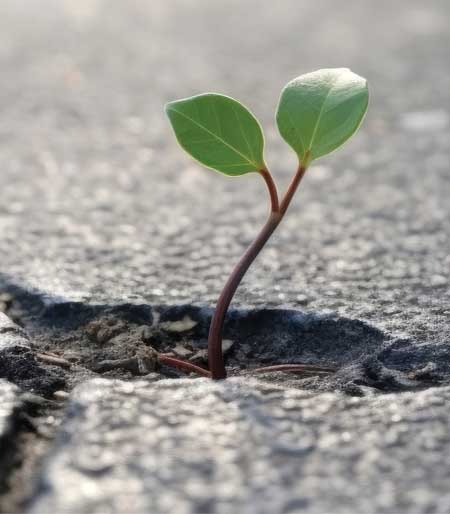WILDLIFE CONSERVATION
Strategic Environmentalism
Rohan Wijesinha sheds light on Sri Lanka’s dire state and advocates for careful planned development

Co-opted member
Human-Elephant Conflict Sub-Committee
Wildlife & Nature Protection Society
Q: What does environmental rehabilitation mean?
A: It means restoring disturbed or destroyed areas to reverse negative impacts. Unplanned developments such as agricultural expansion and urbanisation are typical causes of environmental disruption. But nature restoration requires patience and considerable effort.
Sri Lanka desperately needs to find and restore balance, with planned development that respects forests, ecosystems and wildlife – working around them to ensure they are undisturbed, and valuing and building preservation into plans.
Q: And what are the main obstacles to the nation’s restoration efforts?
A: Policy makers don’t understand environmental value and preservation, leading to assumptions that protected areas are sufficient. But wildlife doesn’t understand boundaries and moves within habitats.
Degrading food sources and encroaching into traditional habitats are the main causes of the human-elephant conflict. Elephants are left starving and escape administrative boundaries that defy grazing ranges. Understanding this relationship requires research – and development must be outside habitat boundaries.
Sri Lanka’s waters are experiencing alarming degradation for ill-planned coastal development. Destroying marine habitats will see the country lose millions of marine species – and potential revenue sources.

Q: So what requires immediate restoration in Sri Lanka?
A: The Moragahakanda Dam construction has Minneriya’s elephant gathering facing a crisis. Maintained as a collection tank that’s full even during the dry season, it has resulted in the near nonexistence of dry weather grasslands. This could have been avoided with proper planning.
And despite warnings, delayed action has invasive alien species (IAS) overtaking Udawalawe’s lush grasslands. Non-scientific interventions furthered degradation, fuelled by poor management, and a lack of regard for and adherence to conservation principles.
“Sri Lanka desperately needs to find and restore balance, with planned development that respects forests, ecosystems and wildlife… to ensure they are undisturbed
But the Federation of Environmental Organisations eradicated IAS in neighbouring Lunugamwehera with the help of local communities and effective followups. The grasslands are blooming once more, bringing back native wildlife.
Rehabilitation is considered successful when native species – both flora and fauna – return to their original states. When natural grass took over Lunugamwehera, it drew in elephants, deer and other herbivores, who then attracted leopards. It requires informed action and patience, allowing nature to heal itself. Meanwhile, Udawalawe is in a debilitated state that might need at least a 10-year plan to restore it.
The Department of Wildlife needs to reevaluate and understand its purpose. Conservation cannot succeed unless local communities are actively engaged on top of compensation plans. Systems should be implemented to ensure that local communities benefit while helping preserve the environment and wildlife.




